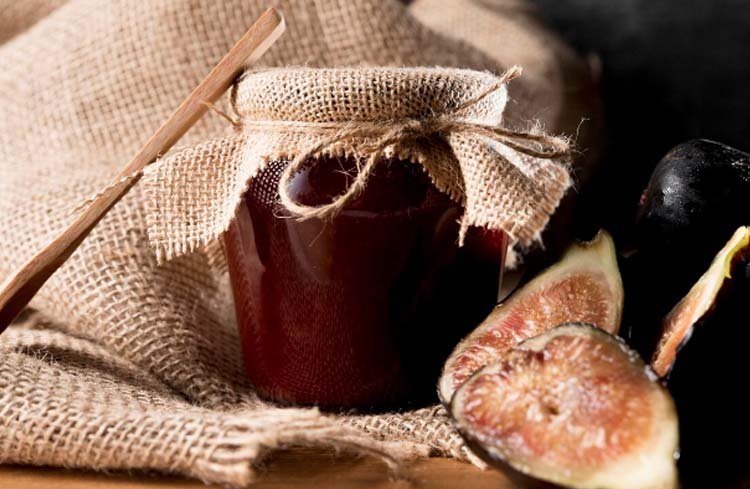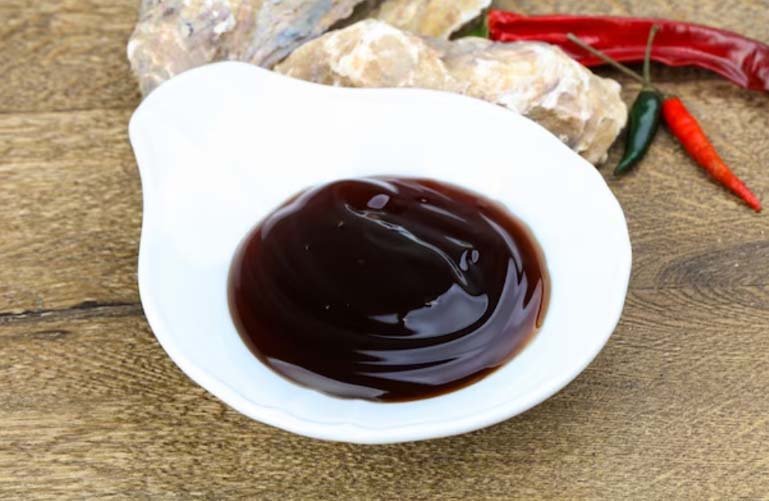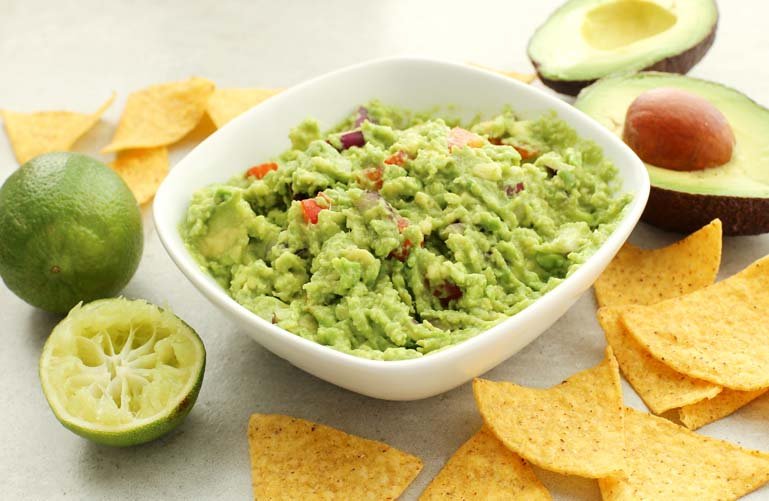Discover how to prepare an exquisite homemade fig jam that will delight your senses with every bite. In our last article, we share with you an easy and delicious recipe to create your own fig jam, perfect to accompany your breakfasts, desserts and snack moments. With simple ingredients and easy steps, you can enjoy the sweet taste of figs all year round. Read on to learn how to make this delight in your own kitchen!
Table of Contents

Fig or Fig Jam and the health benefits
Fig jam, made with natural ingredients such as fresh figs and lemon, can offer several health benefits when consumed in moderation as part of a balanced diet. Some of these benefits may include:
- Rich in fiber: Figs are an excellent source of dietary fiber, which is important for digestive health. Fiber can help prevent constipation and promote bowel regularity.
- High antioxidant content: Figs contain antioxidants, such as polyphenols, which can help fight free radical damage in the body and reduce the risk of chronic diseases.
- Source of vitamins and minerals: Figs or figs are rich in essential vitamins and minerals, such as vitamin C, vitamin K, potassium, calcium and magnesium, which are important for the proper functioning of the body.
- Low in fat and calories: Homemade fig jam can be a low-fat, low-calorie option compared to other commercial jams that may contain excess added fats and refined sugars.
- Natural sweetener: By using figs or figs as a base, jam can be a natural alternative to the refined sugar in other preserves, which can be beneficial for those looking to reduce their consumption of processed sugar.
- Promotes variety in the diet: Adding fig jam to your diet can help diversify your fruit intake and provide a tasty and versatile option to enjoy in a variety of dishes and recipes.
It is important to note that although fig jam may offer certain health benefits, it is also important to consume it in moderation as it may contain added sugar. Additionally, people with diabetes or other specific health conditions should take their carbohydrate and sugar intake into account when consuming fig jam.

History of Fig or Fig Jam
Fig jam has a history dating back centuries, with roots in ancient Mediterranean and Middle Eastern culture. Figs are a fruit native to the Mediterranean region and have been cultivated and consumed for thousands of years. The first domesticated figs are believed to date back at least 9,000 years in the region of Mesopotamia, modern-day Iraq.
The practice of preserving fruits by cooking them with sugar to make jam dates back to ancient Rome and Greece. Figs, being a very perishable fruit, were ideal to be transformed into jam for long-term conservation. Additionally, the high natural sugar content of figs made them suitable for making jams without the need to add too much sugar.
During the Middle Ages, fig jam spread throughout Europe and became a popular delicacy among nobility and royalty. At that time, jam was considered an exquisite delicacy and was consumed as part of festive celebrations and banquets.
Over time, fig jam became popular around the world and became a staple in many home kitchens. Today, it continues to be prized for its sweet flavor and versatility in cooking, being used in a variety of recipes, from pie fillings to cheese accompaniments.
The fig jam recipe has evolved over time, adapting to regional tastes and preferences, but its charm endures as a reminder of the rich culinary history of ancient civilizations and their ability to preserve and appreciate the flavors of nature.
Maybe you might like: How to prepare Shakshuka
Image credit: freepik



